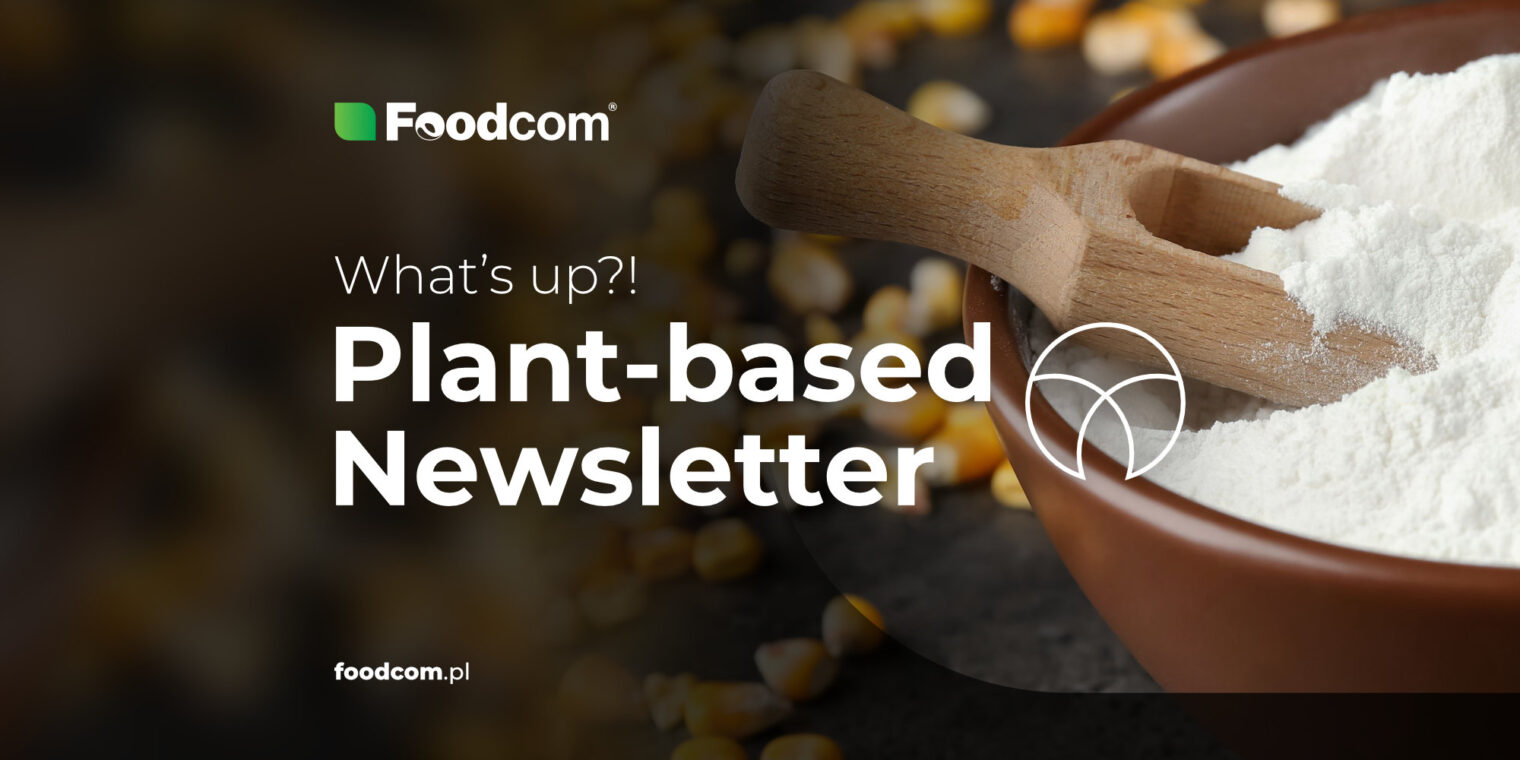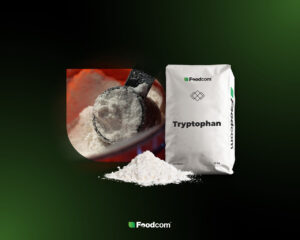Categories:
-
Homepage
-
Blog
-
Newsletters
- 18th Edition of Foodcom PLANT-BASED Newsletter
18th Edition of Foodcom PLANT-BASED Newsletter
Author
Foodcom Experts
16.09.2022

Sign up for our Newsletter to learn more about our products






